1. Build an Image:
Build an image from the Dockerfile in the current directory.
docker build -t myimage:1.0 .
2. Run a Container:
Run a container from an image.
docker run -d --name mycontainer myimage:1.0
3. List Running Containers:
List running containers.
docker ps
4. List All Containers:
List all containers, including stopped ones.
docker ps -a
5. Stop a Container:
Stop a running container.
docker stop mycontainer
6. Remove a Container:
Remove a stopped container.
docker rm mycontainer
7. Remove an Image:
Remove an image.
docker rmi myimage:1.0
8. Inspect Container:
Inspect detailed information about a container.
docker inspect mycontainer
9. View Container Logs:
View the logs of a running container.
docker logs mycontainer
10. Execute Command in Running Container:
- Run a command inside a running container.
docker exec -it mycontainer bash
docker exec it mycontainer /bin/bash
11. Prune Unused Resources:
- Remove stopped containers, unused networks, and dangling images.
docker system prune
12. Pull an Image:
- Download an image from a registry.
docker pull nginx:latest
13. Push an Image:
- Push an image to a registry.
docker push myimage:1.0
14. Build and Run in One Command:
- Build an image and run a container from it.
docker build -t myapp:1.0 . && docker run -d --name myapp-container myapp:1.0
15. Volume Mounting:
- Mount a local directory into a container.
docker run -v /path/on/host:/path/in/container myimage:1.0
16. Network Inspection:
- List Docker networks and inspect details.
docker network ls
docker network inspect bridge
17. Docker Compose:
- Use Docker Compose to define and run multi-container applications.
docker-compose up -d
18. Environment Variables:
- Pass environment variables to a container.
docker run -e MY_VARIABLE=value myimage:1.0
19. Container Stats:
- View real-time resource usage statistics for a container.
docker stats mycontainer
20. Docker Swarm (Service Deployment):
- Initialize a Docker Swarm and deploy a service.
docker swarm init
docker service create --name myservice myimage:1.0
To check whether Docker is running and gather information about the Docker installation, you can use the following Docker commands
docker version
output
Client:
Version: 20.10.7
API version: 1.41
Go version: go1.16.7
Git commit: f0df350
Built: Wed Aug 4 22:49:47 2021
OS/Arch: linux/amd64
Context: default
Experimental: true
Server:
Engine:
Version: 20.10.7
API version: 1.41 (minimum version 1.12)
Go version: go1.16.7
Git commit: b0f5bc3
Built: Wed Aug 4 22:48:34 2021
OS/Arch: linux/amd64
Experimental: false
containerd:
Version: 1.4.6
GitCommit: d71fcd7d8303cbf684402823e425e9dd2e99285d
runc:
Version: 1.0.0-rc95
GitCommit: b9ee9c6314599f1b4a7f497e1f1f856fe433d3b7
docker-init:
Version: 0.19.0
GitCommit: de40ad0
How to get Docker installation, including the number of containers and images, storage driver used, and other system-related information
docker info
output
Client:
Context: default
Debug Mode: false
Server:
Containers: 2
Running: 1
Paused: 0
Stopped: 1
Images: 3
Server Version: 20.10.7
Storage Driver: overlay2
Backing Filesystem: extfs
Explanation of all commands
1. Build an Image:
Build an image from the Dockerfile in the current directory.
docker build -t myimage:1.0 .
The docker build command is used to build a Docker image from a specified Dockerfile. The -t flag is used to tag the image with a name and an optional tag. In your example, the image is tagged as myimage with the tag 1.0. The . at the end of the command specifies the build context, which is the path to the directory containing the Dockerfile and any files needed for the build process.
Example Dockerfile (Dockerfile)
Example Requirements File (requirements.txt):
2. Run a Container:
Run a container from an image.
docker run -d --name mycontainer myimage:1.0
3. List Running Containers:
List running containers.
docker ps
The docker ps command is used to list the currently running Docker containers. By default, it shows a list of active containers along with information such as their container ID, names, status, ports, and more.
Here's an example of using the docker ps command:
Assuming you have a running container named "mycontainer" that you started with the following command:
In this example, you can see that the "mycontainer" is running (STATUS is "Up"), and it is mapped to port 4000 on the host (PORTS information).
If your container is not listed, it means there are no running containers. To see all containers, including those that have exited, you can use the -a flag:
4. List All Containers:
List all containers, including stopped ones.
docker ps -a
The docker ps -a command is used to list all Docker containers, including both running and stopped containers. This command provides a comprehensive view of all containers on your system.
Here's an example:
Assuming you have run a container named "mycontainer" with the following command:
Now, if you use the docker ps -a command:
5. Stop a Container:
Stop a running container.
docker stop mycontainer
The docker stop command is used to stop a running Docker container. When you stop a container, it gracefully terminates the processes running inside the container and then stops the container itself.
Here's an example using the container named "mycontainer":
This command stops the "mycontainer" container. If the container is running a process or application, that process will be given a chance to perform any necessary cleanup before the container is halted.
After running this command, you can use docker ps to check the list of running containers. The output should no longer include "mycontainer" because it has been stopped.
Example output of docker ps after stopping the container:
In this example, you can see that "mycontainer" is no longer marked as "Up" in the "STATUS" column; instead, it shows "Exited (0)." The "(0)" indicates that the container exited without any errors (exit code 0).
If you want to remove the stopped container, you can use the docker rm command:
docker rm mycontainer
This will remove the stopped container from your system. Be cautious with this command, as it permanently deletes the container and its associated filesystem.
Remember to replace "mycontainer" with the actual name or ID of the container you want to stop.
Docker Run command
This command is used to run a container from an image. The docker run command is a combination of the docker create and docker start commands. It creates a new container from the image specified and starts that container. if the docker image is not present, then the docker run pulls that.
$ docker run <image_name>
To give name of container
$ docker run --name <container_name> <image_name>
Docker Pull
This command allows you to pull any image which is present in the official registry of docker, Docker hub. By default, it pulls the latest image, but you can also mention the version of the image.
$ docker pull <image_name>
Docker PS
This command (by default) shows us a list of all the running containers. We can use various flags with it.
-a flag: shows us all the containers, stopped or running.
-l flag: shows us the latest container.
-q flag: shows only the Id of the containers
$ docker ps [options..]
Docker Stop
This command allows you to stop a container if it has crashed or you want to switch to another one.
$ docker stop <container_ID>
Docker rm
To delete a container. By default when a container is created, it gets an ID as well as an imaginary name such as confident_boyd, heuristic_villani, etc. You can either mention the container name or its ID.
Some important flags:
-f flag: remove the container forcefully.
-v flag: remove the volumes.
-l flag: remove the specific link mentioned.
$ docker rm {options}
docker remove an image
Docker RMI
To delete the image in docker. You can delete the images which are useless from the docker local storage so you can free up the space
docker rmi <image ID/ image name>

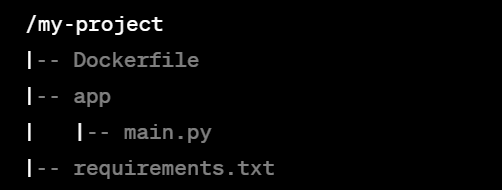
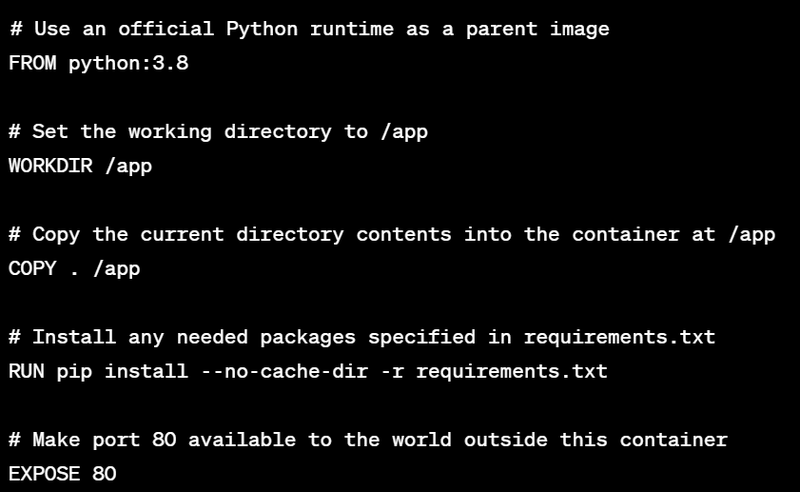







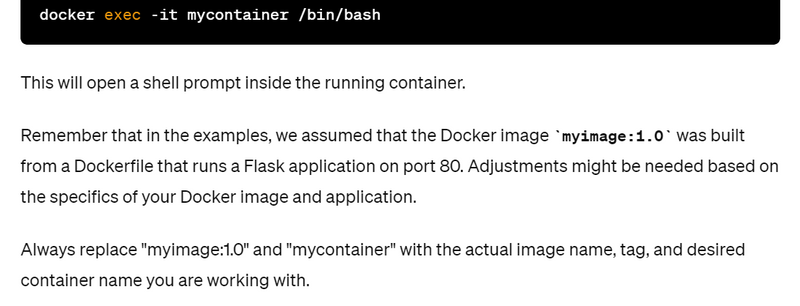


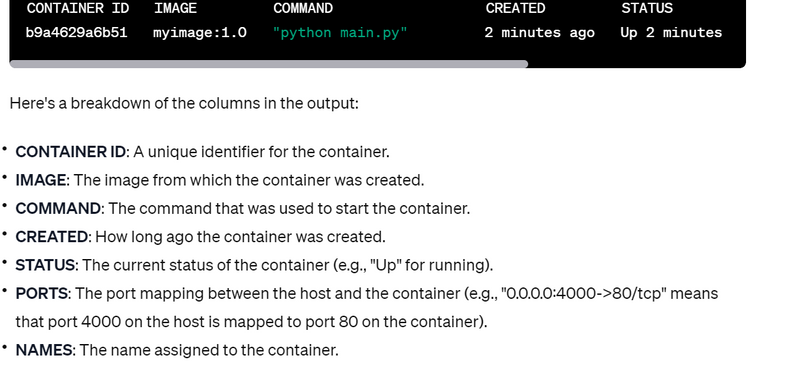



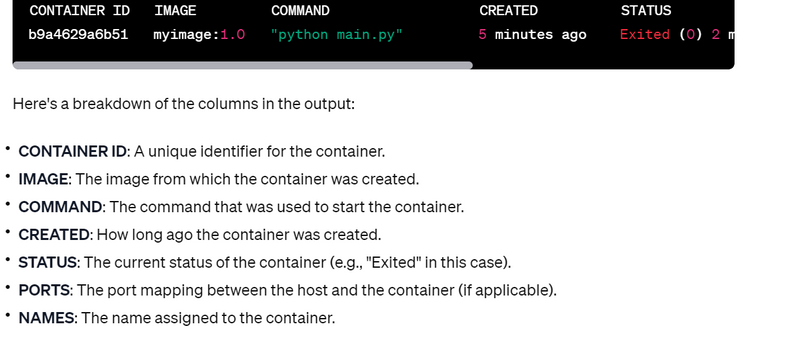



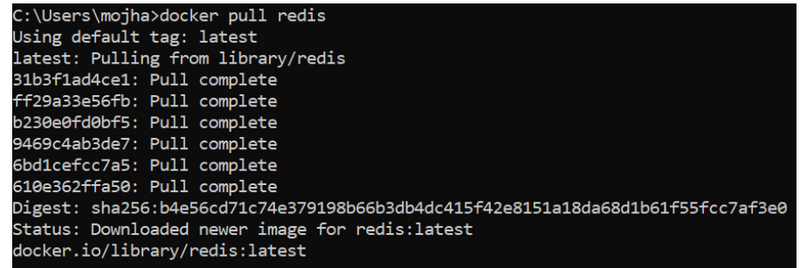



Top comments (0)